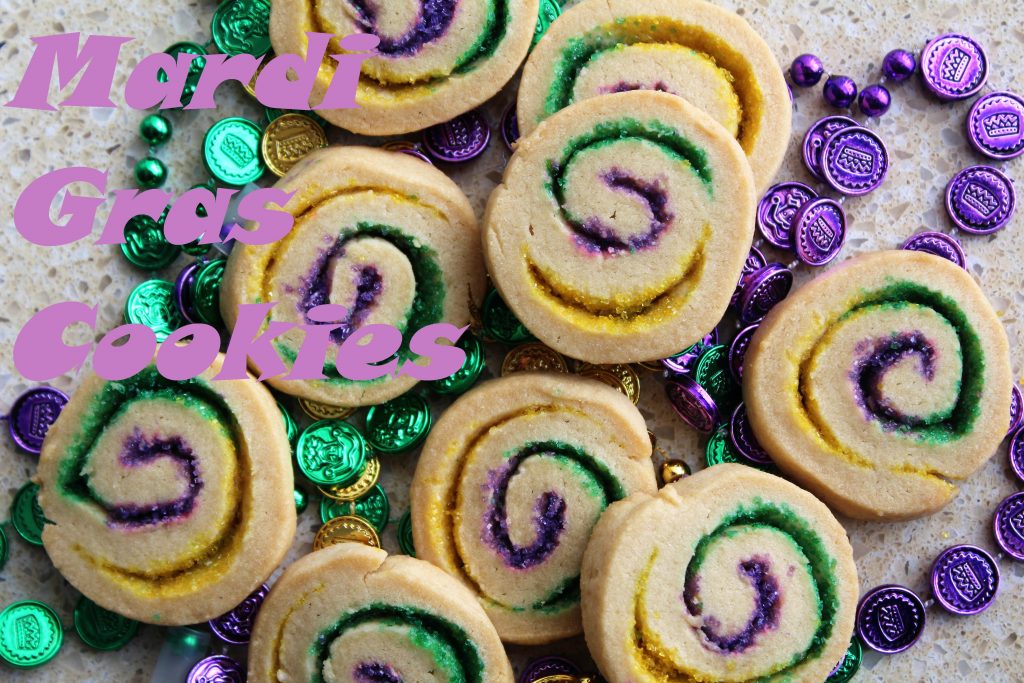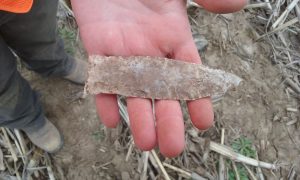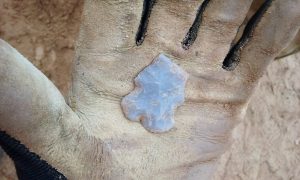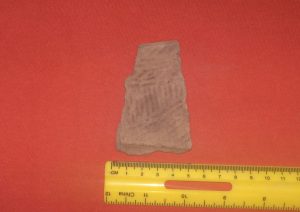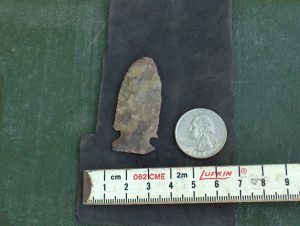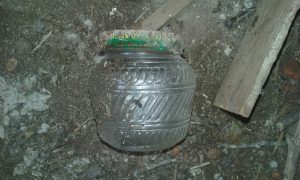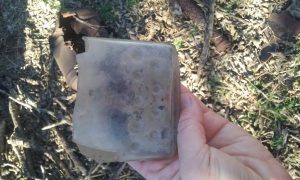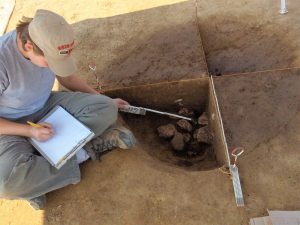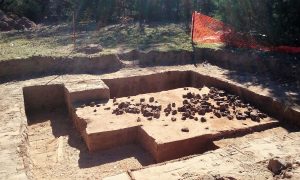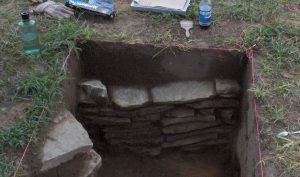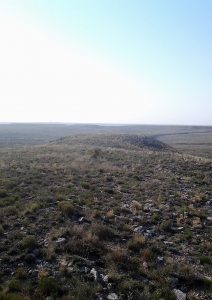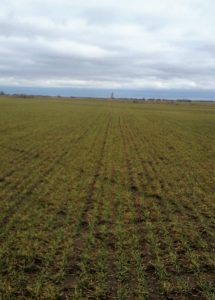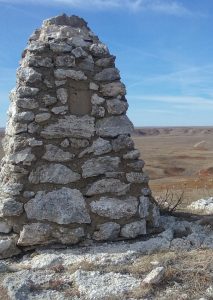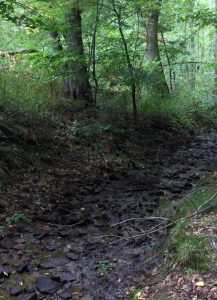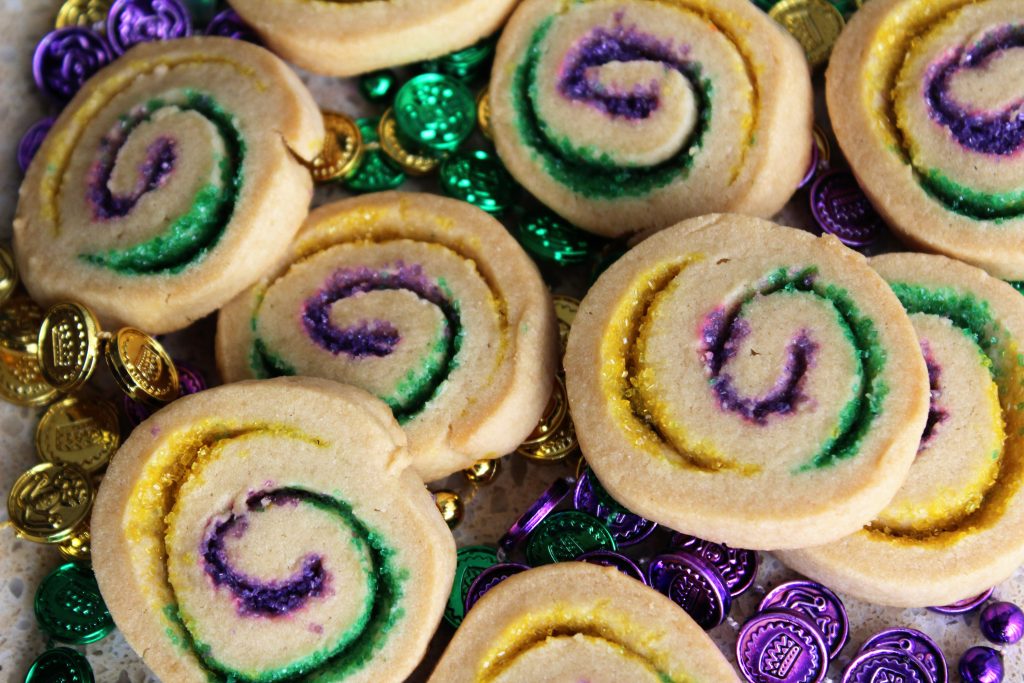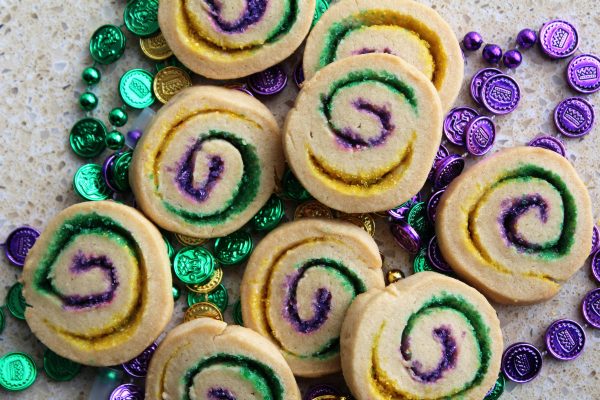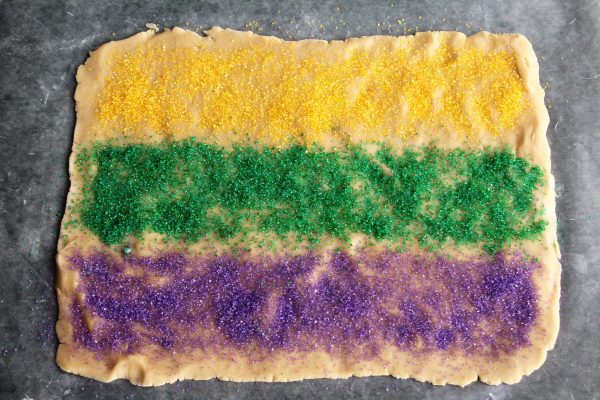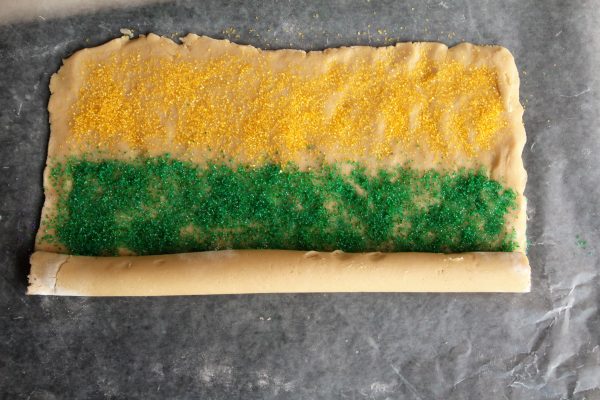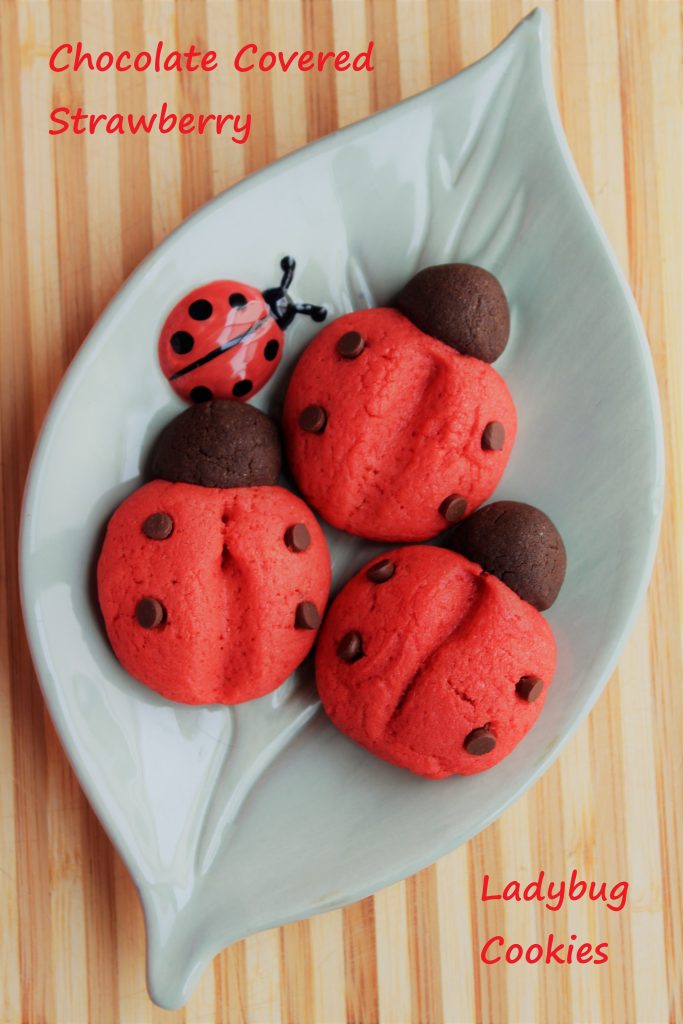
I promised you more spring treats, so here you go! As some of you may know, and many of you probably don’t, I have adored ladybugs my whole life. I have collected ladybugs in any form for as long as I can remember. And I have to tell you, most of the year there aren’t many ladybugs to be found in the stores. My sister collected pandas, and you could find those almost anywhere. I’ve known people who collect pigs or roosters – also pretty easy to find. Ladybugs – not so much. Around Valentine’s Day and Easter you see a few more around, but even then they are pretty scarce. Even so, I have amassed a pretty impressive collection, if I do say so myself. Towels, jewelry, wall art, soap dishes (that one in the picture above – I use it for a spoon rest on my stove!), toys, figurines, etc., etc. But I’m pretty sure it all started with this lovely lady right here.
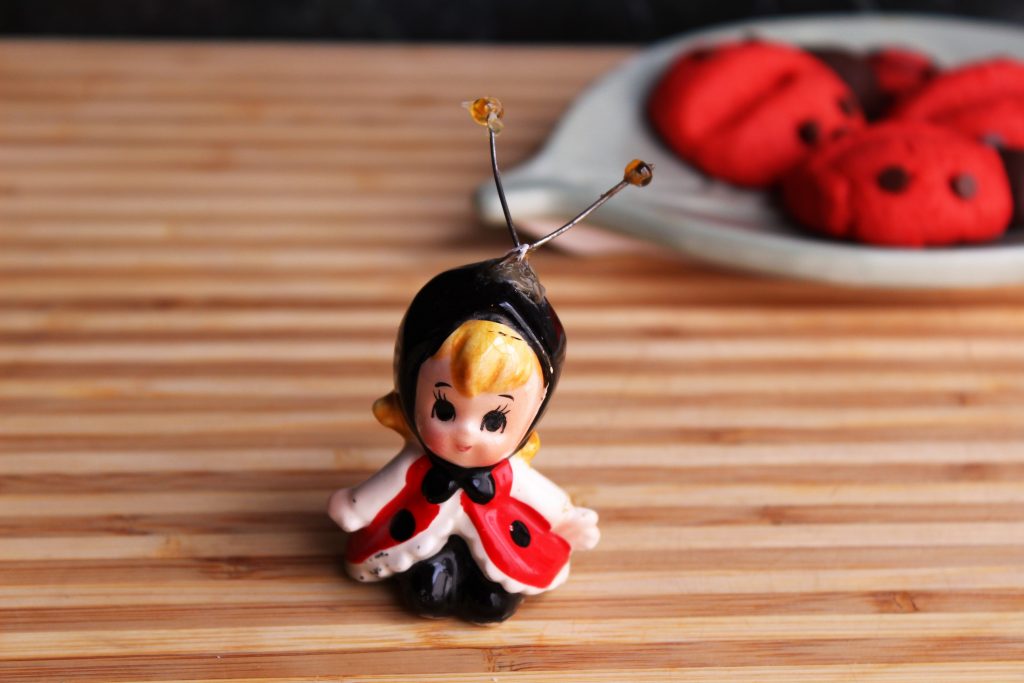
These cookies are an adaptation of a cookie we started making when I was pretty young. My mom had saved a pull-out section of a Good Housekeeping magazine from the 1980s. It was a special Christmas cookie section for “Christmas Toy Cookies”. One of the recipes was for a ladybug cookie. What that has to do with Christmas or toys, I don’t really know. But I do know I loved making and eating those cookies. The original recipe was for a vanilla cookie with maraschino cherry, or red hots, spots. I decided to go more true-to-life, and make a red body with chocolate chip spots. And if I was going to add color, I figured I might as well add flavor!
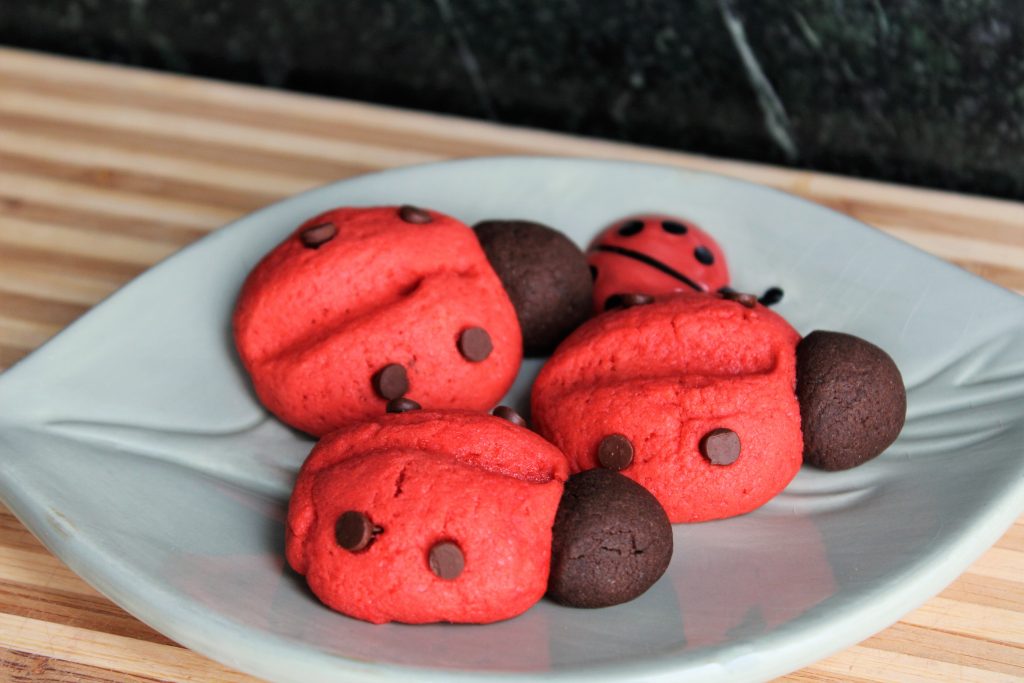
The recipe as I have written it adds strawberry flavoring, which I’m sure many of you will enjoy. I, on the other hand, do not like strawberries. I know, I know. I told you I was a picky eater. I did have a bottle of pomegranate flavoring in my cabinet, begging to be used, though, and this seemed like the perfect opportunity. You can use either of those flavors, or go with cherry or raspberry. Ooohh, or cinnamon….that would be fantastic, too. You could even leave the flavoring, and the color, out if you wanted to. This is a soft, slightly cakey cookie full of flavor. And they are pretty darn cute, too. 🙂
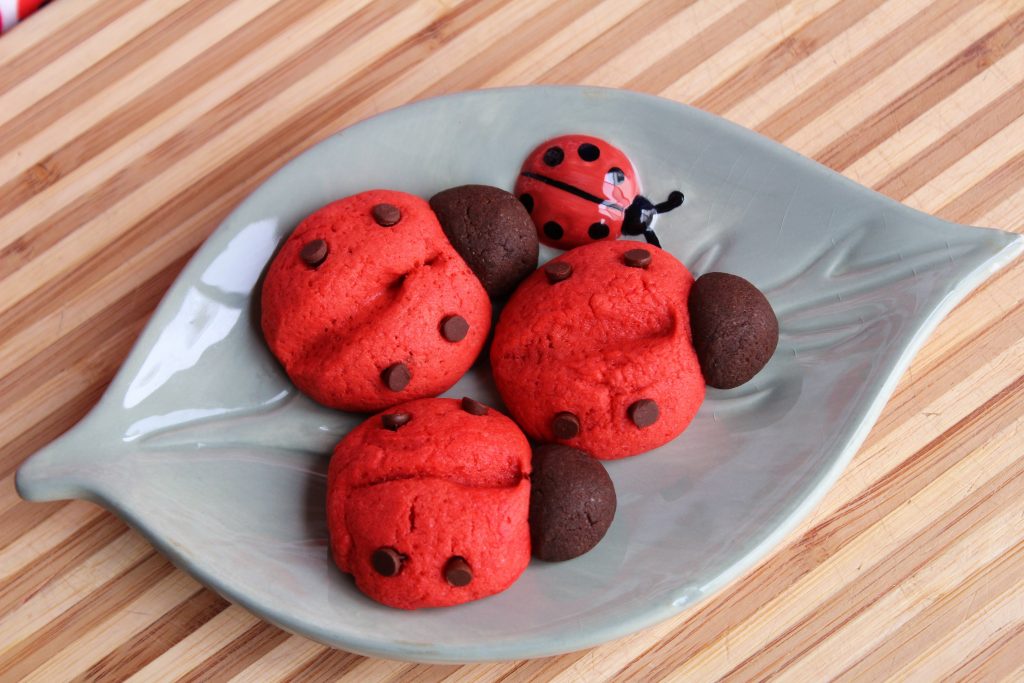
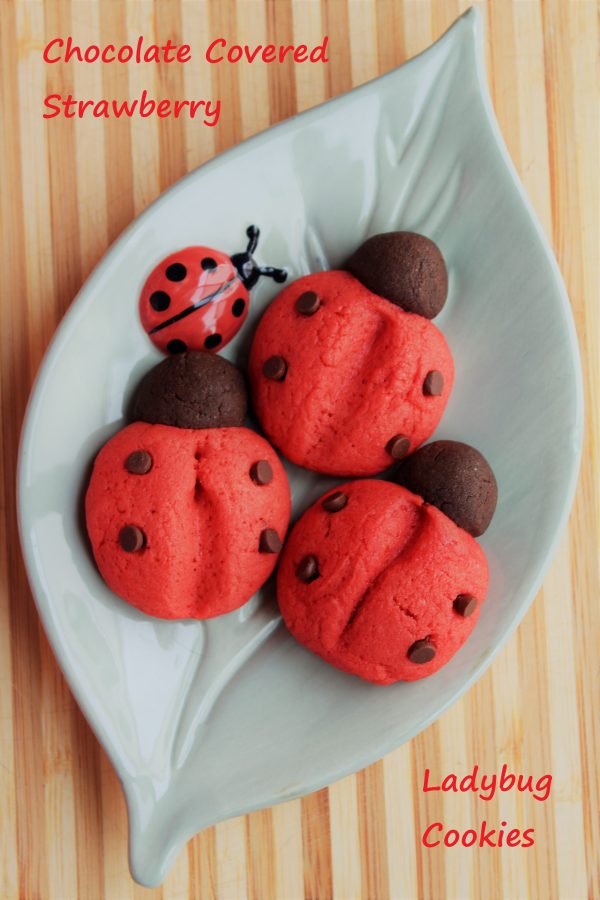
| Servings |
cookies
|
- 1/2 cup butter, room temperature
- 1/2 cup packed brown sugar
- 2 eggs
- 1/4 teaspoon salt
- 1/4 teaspoon baking soda
- 2 cups flour
- 1/2 ounce unsweetened chocolate, melted
- 1 1/2 teaspoons strawberry extract see note
- red food coloring preferably gel or paste, to get a deep red
- mini semi-sweet chocolate chips
Ingredients
|

|
- Cream butter and sugar until light and fluffy. Mix in eggs.
- Add salt, baking soda, and flour; mix well.
- Remove 1/4 cup of the dough, and stir the melted chocolate into that portion.
- Add the extract and food color to the plain dough. I used enough food color to make a bright red, but adjust to your tastes.
- Divide the red dough into 36 pieces, each approximately 1 to 1 1/2 tablespoons. Shape each piece into an oval and place onto ungreased cookie sheets.
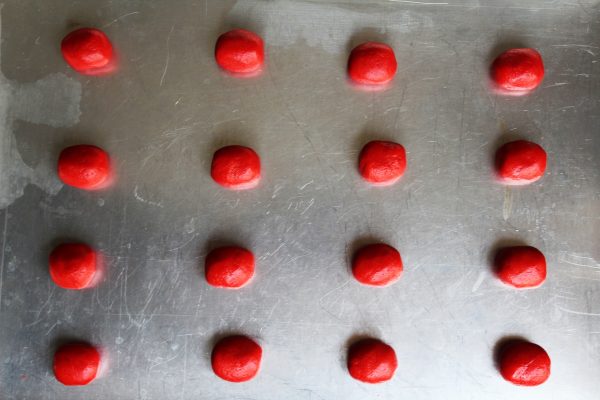
- Divide the chocolate dough into 36 pieces, about 1/2 teaspoon each, and push into one end of each oval.
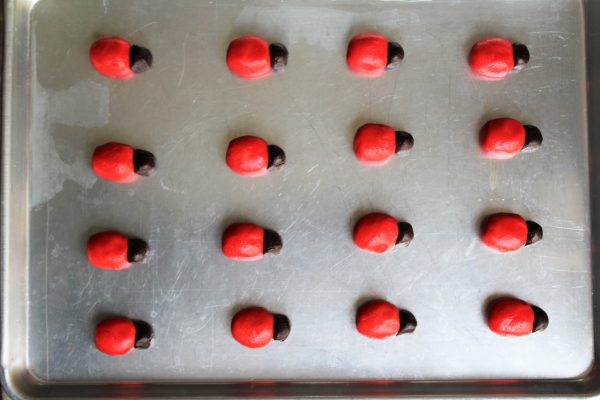
- Use the back of a butter knife to make a deep line down the center of each cookie, to define the "wings".
- Push mini chocolate chips into each wing. I use 2 or 3 per side, but use as many as you'd like.
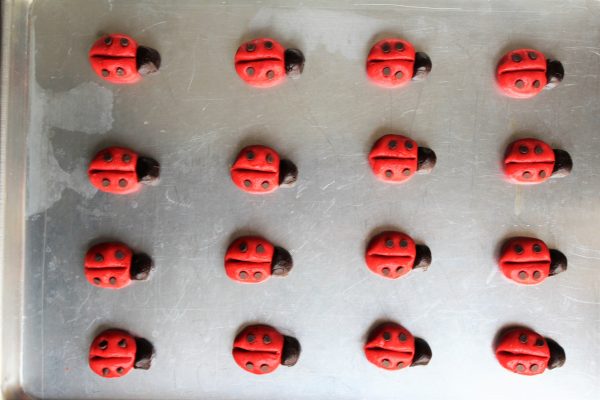
- Bake at 350 degrees F for 12 to 15 minutes, or until cookies are set. If you don't use the food coloring, there will be very light browning, but you cannot see this on the red cookies.
- Cool completely on wire racks and store in an airtight container up to a week.
Use any flavor extract, and food coloring, you like. Raspberry, cherry, pomegranate (like I did), even cinnamon would be good if you want to keep them red. Or leave out the extract (use some vanilla), and food coloring if you prefer.
I used flavoring oil, from LorAnn, which is much more concentrated. If you use those, start with 1/4 teaspoon and slowly add from there. I used about 1/2 teaspoon of the pomegranate flavor.
For an extra hit of chocolate, dip the bottom of cooled cookies into melted dark or milk chocolate and set on waxed paper until chocolate sets.
